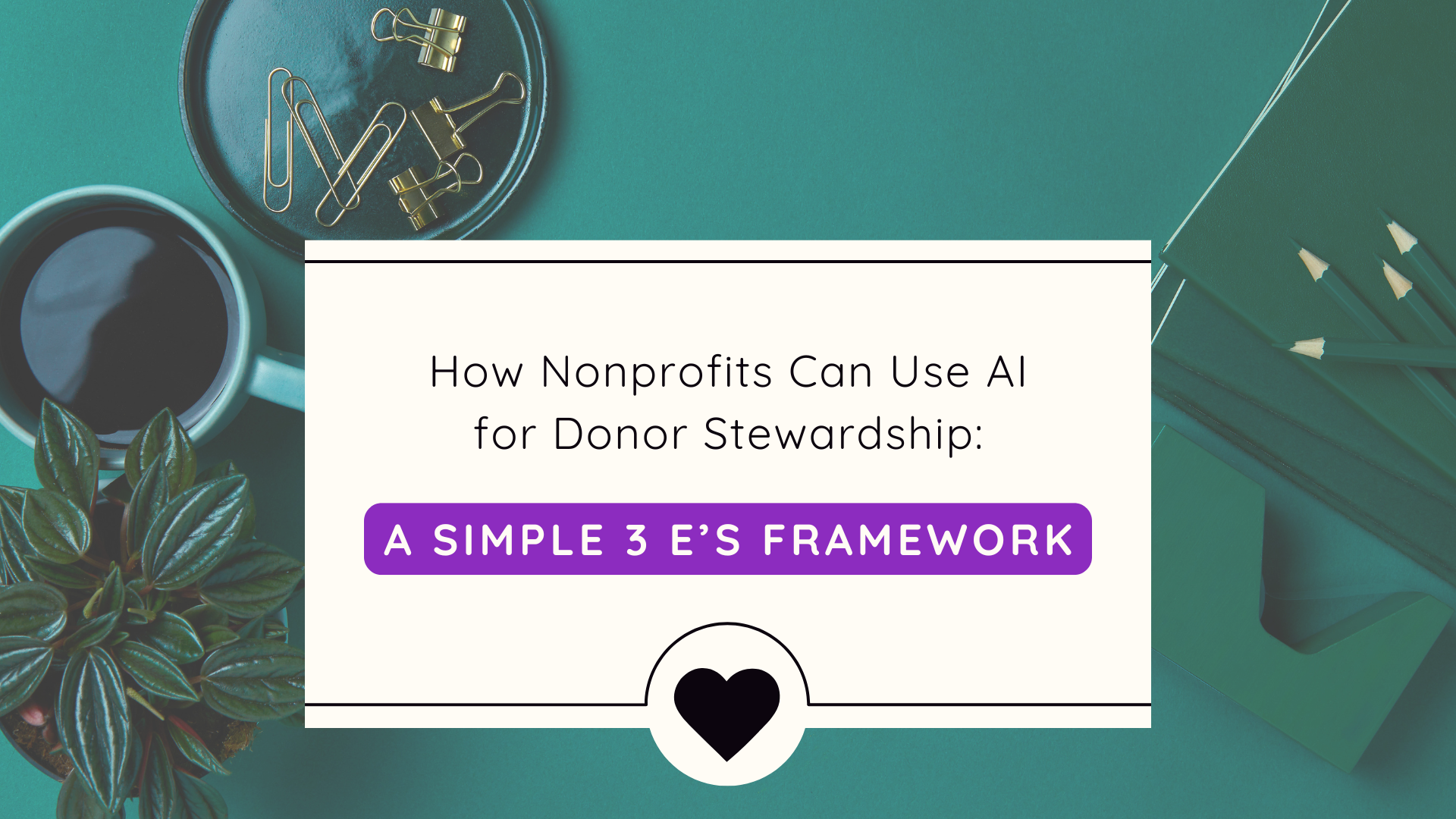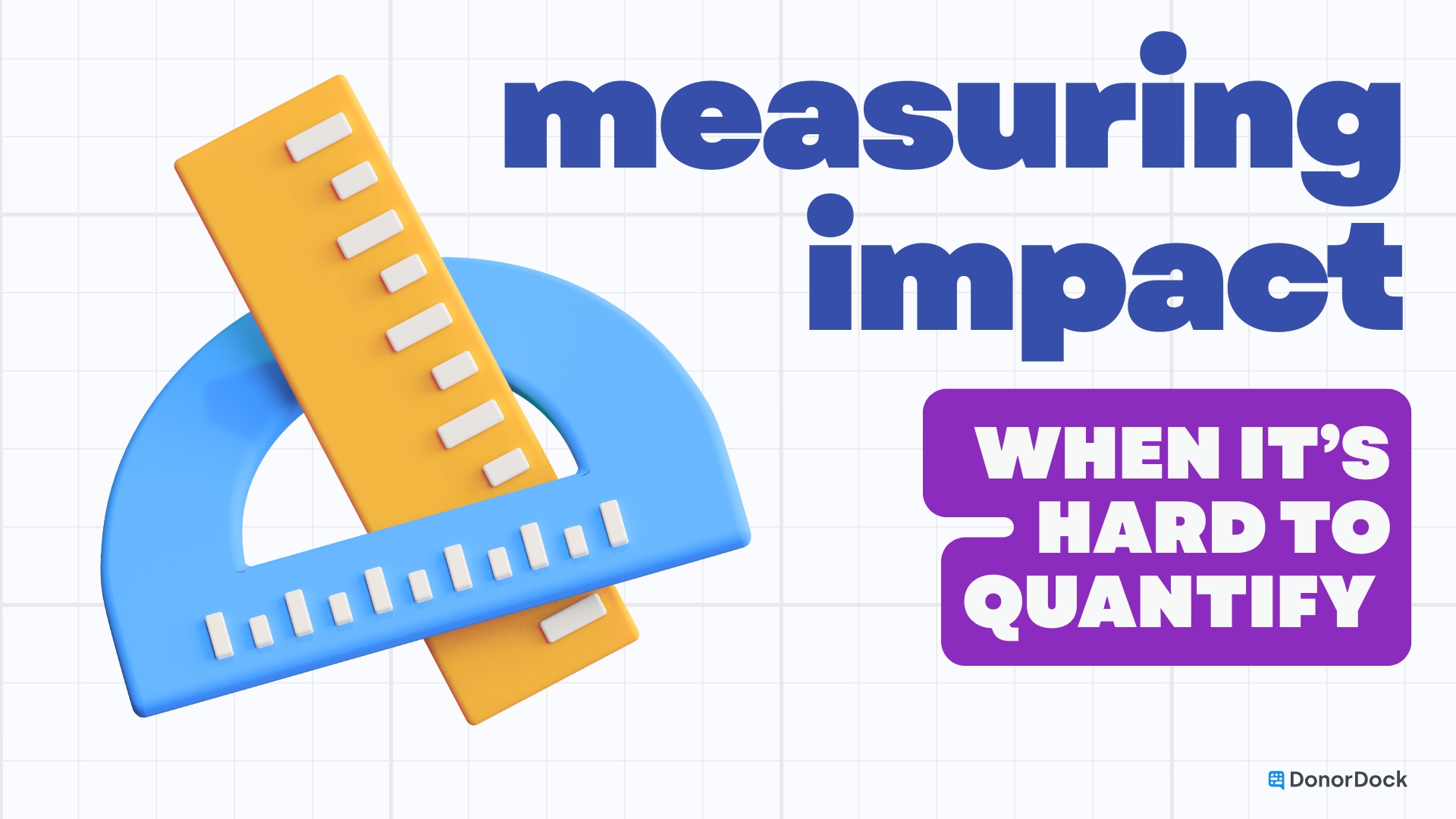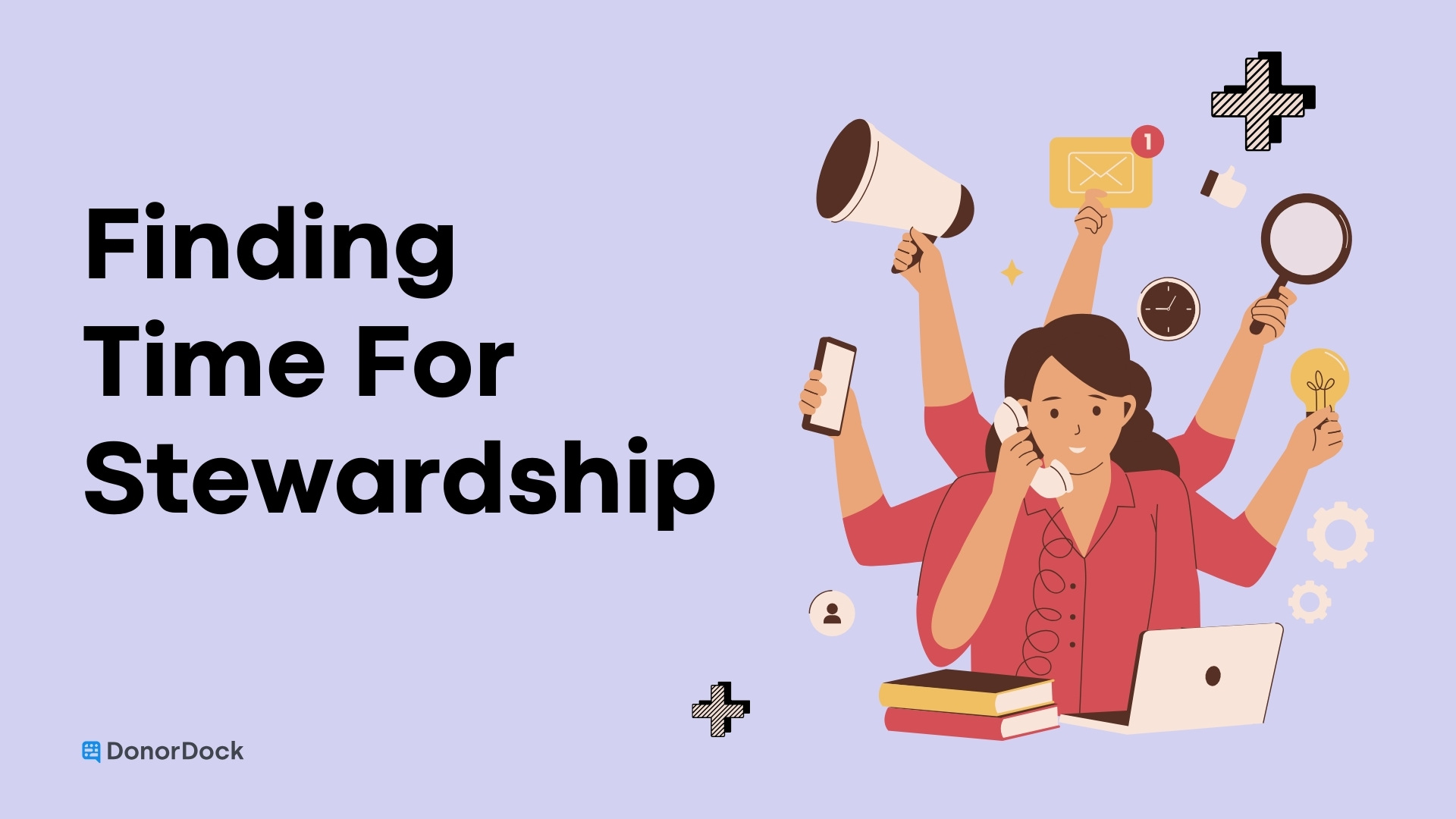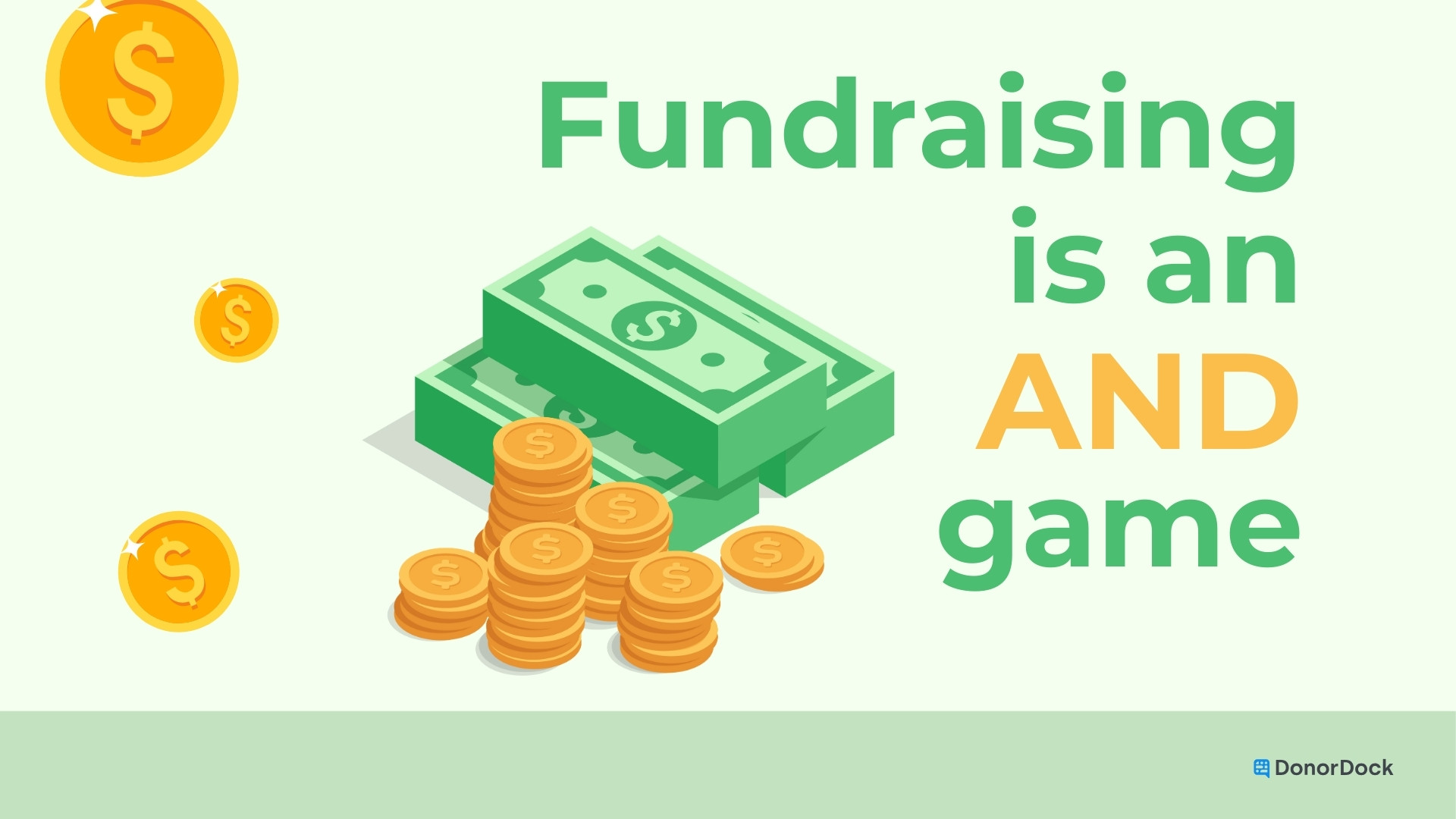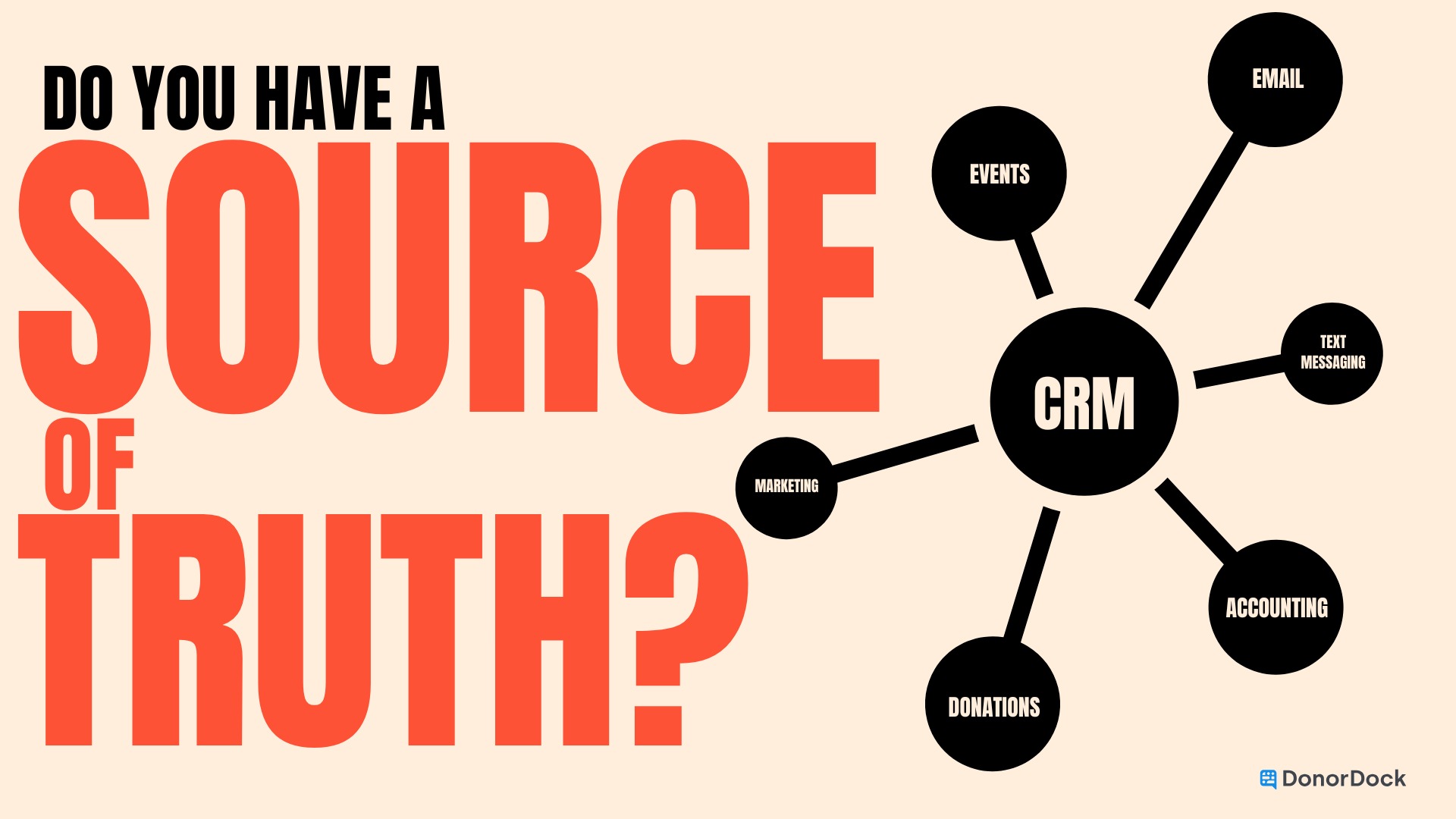So, you just took part in one of the many giving days that happen worldwide? The rush of excitement surrounding nonprofits, hitting your goals, connecting with your community and donors! As everything starts to settle after the main event, you may be wondering: “what's next?”
Well, fear not! We're here to guide you through the post-giving days victory lap and show you how to keep the momentum going forward, so your nonprofit continues to thrive long after the donations have rolled in. Let's get started!
What are Giving Days?
In case you’re new to giving days and hoping to learn more, let’s break it down. Giving days are local, national, or even global days, such as GivingTuesday, that promote a spirit of generosity. These days are typically part of a nonprofit’s yearly fundraising strategy. Giving days are popular because they foster a sense of urgency and excitement around fundraising and community engagement.
After giving days it’s time to engage with your donors
When your constituents see that they personally are contributing to change, they feel more connected to your nonprofit and its mission. An engaged donor is more likely to share about your nonprofit, continue to give, and join your cause in other ways besides giving. Whether it’s a welcome email, a thank you, or sharing an impact statement, it’s important for your nonprofit to engage with its donors!
Engaged donors are more likely to give again and become long-term supporters if they feel connected to your organization and see the impact their gift is making for your nonprofit.
Send a welcome email

If you’ve gained a new donor by taking part in one of the giving days, then it’s important to reach out to them with a targeted email. Because many people are just excited about giving during giving days, a new donor might not know a lot about your nonprofit. Take time to welcome each new donor to your organization. Share your story and mission with them, as well as ways they can get involved in your work.
It takes more energy and time to convert a new donor than it does to retain existing donors. So, invest the time to say, “Welcome!” As you connect with each donor, you are making steps towards changing them from a donor who gives a one-time donation into a recurring gift.
Now is the time to say, “Thank you!”

The power of personal thank yous after Giving Days
After a giving day, taking a moment to say thank you individually shows your donors you appreciate them and can make a world of difference. Each donor is a unique piece of the puzzle, and letting them know how much their contribution means shows that you see and value them.
When you send out individual thank you notes, you’re not just saying thanks. You're building a connection, a bridge between the donor and your cause. It lets them know they're part of something bigger, something that matters. This connection often leads to continued support because they feel involved and invested.
Plus, these thank-you messages are a window into what happens after the donation. They're like a little update on how a donor’s contribution is making a real difference. This transparency builds trust, making donors feel confident that their money is truly going where it's needed.
Cheers to corporate sponsors and matching gift heroes!
Now, it’s time to give a big round of applause to corporate sponsors and matching gift contributors—they're like the superheroes of philanthropy! They help shape giving days campaigns by adding to your nonprofit’s momentum and extra motivation for individual donors. Thanking them is a way of recognizing their crucial role in boosting the impact of each gift.
By showing gratitude to both corporate sponsors and matching gift contributors, you strengthen the bond, which can lead to future partnerships that contribute to lasting change.
Post a public thank you
Posting a thank you on social media is a powerful way to express gratitude, engage with your community, and continue building positive relationships with your supporters after a giving day is over.
Posting publicly has become the norm for nonprofits, so skipping this can be viewed as your nonprofit being ungrateful or unprofessional. A public post helps create a culture of gratitude, which can have long-lasting positive effects on your mission. Just as important as those individual thank-you notes, a public thank-you post on social media goes a long way!
A public thank you is also a reminder to those who may have missed the giving day your nonprofit participated in or who forgot to donate that day. Sharing on social media continues to drive awareness of your nonprofit, it shows others that you appreciate the support given to you, and it helps to keep you top of mind with your constituents.
Share an impact statement about your Giving Day success
A week or two after your Giving Days campaign has ended, send out an email or post on social media about how your Giving Day went!
Let your donors know how their donations are being used or will be used going forward. This is a great time to remind donors about the core values of your nonprofit, but it’s also an invitation to anyone who missed out on a giving day!
Let your audience know the progress made toward your goal
Did you hit or surpass your goal? Congratulations! Celebrate that win with your audience. They’ll be excited to hear how their giving helped your nonprofit move its mission forward and serve the community.
Did you fall short of your goal? Let your audience know that you are so thankful you’ve been able to reach x amount of your goal of y. Let them know the work you plan to accomplish with what you’ve reached. This is a great opportunity to show gratitude, even if it feels disappointing. Many donors may also be motivated to give again seeing where you’ve landed with your goal.
If you have a donor development system that lets you easily segment donor information, it is smart to personalize your engagement with these donors. Perhaps, you’ve fallen short of your goal, then you can send one impact statement to those who gave that is an update and thank you. But you can also target your constituents who didn’t give during your Giving Day campaign and ask if they’d give to help you reach your goal.
Let’s say you’ve fallen short by $1,000, then you could let your donors know that you only need 100 people to give $10 or 10 people to give $100 to reach your goal. Make a specific targeted ask that feels like an easy amount to give. This can help you reach your Giving Day goal!
Invite feedback
An impact email is also a great time to invite feedback! Let your donors know that their thoughts and opinions matter to you. Ask specific questions about communication preferences, what messaging connected with them, or what motivated them to give.
Analyze the data you’ve gotten from participating in giving days

Now that a little time has passed, let's dive into the data you collected during the giving days! This is where the real magic happens - figuring out what worked best for your campaign and giving day.
Reflect and celebrate
Take a moment to celebrate your successes! Jot down what went really well. This will be invaluable for planning next year's Giving Day participation. Did an email campaign have a high click-through rate? Or did you see a lot of engagement with a specific social media post? By paying attention to what connected well with your constituents, you can plan for future giving days!
It’s also good to take note of what didn’t work as well. In a year, you might not remember that something didn’t serve your constituents well, but you’ll remember that you did it. So keeping track of what didn’t land, makes sure you do things differently the next year.
Compare yearly data
For events that happen annually, make sure to compare this year's data with the previous year's. It's a great way to track progress and gain a better understanding of your audience. Pull reports that help you analyze your major donors, your new donors, and your recurring donors so that you see what specifically works for each target demographic.
Put your insights into action
Don't let your insights gather dust! Use them to shape your strategy for the whole year. Plan to use the information you gathered to continue to understand your donors. Add this information to your donor persona, so you can better target your appeals to meet your donors where they are.
Find the right Donor Development system for you
Take the time to assess whether your donor management platform is working well for you. Is the system too complex or standing in the way of your fundraising efforts? Does it cost too much? Is your data spread out among too many spreadsheets? Or are you using a donor development platform that fits your needs and serves up actionable steps to help you cultivate better donor relationships?
If your nonprofit is using more than one software, siloed data is likely standing in the way of your fundraising efforts! You need a donor management platform that is easy to use and supports your fundraising efforts, especially after giving days!
“There are four or more sources of data that the typical nonprofit is using today. And those data points are probably sitting in different silos and not able to be brought together for good decision-making, for smart fundraising for nonprofits.”
-Steve Johns on Beyond the Donation podcast episode 13
Nurture your donor relationships with DonorDock. An easy-to-use Donor Management Platform built for nonprofits like yours.



